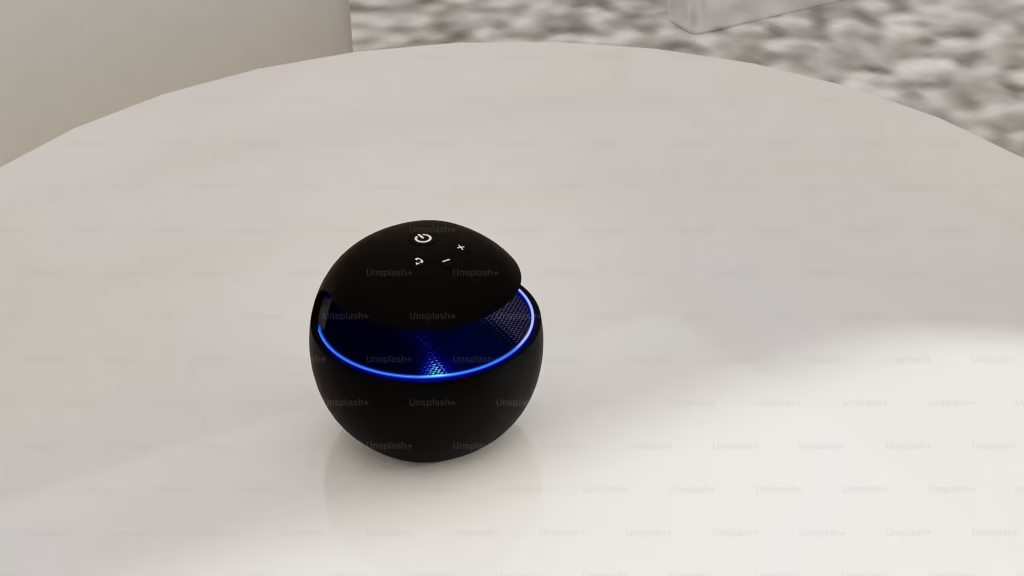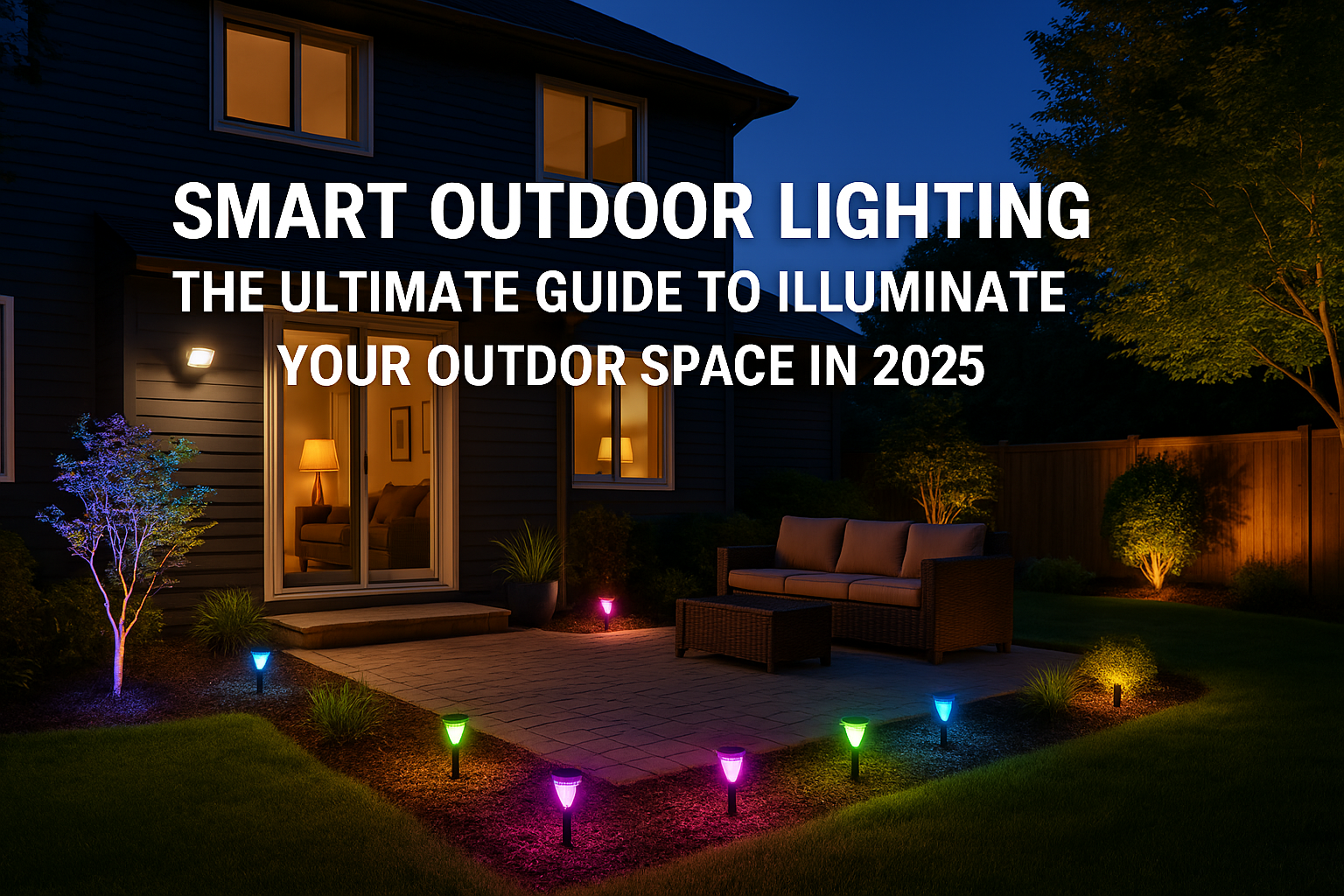
Applications in Smart Homes & Commercial Spaces
Smart light sensors are versatile and useful in different settings:
- Energy Efficiency: Automatically adjust lighting based on room brightness and occupancy.
- Security Enhancement: Turn on lights when unexpected motion is detected, deterring intruders.
- Mood and Productivity Boost: Sync lighting with natural daylight cycles to create a comfortable atmosphere.
- Seamless Integration: Work with smart thermostats, security cameras, and voice assistants for an automated experience.
In commercial spaces, smart light help reduce costs by optimizing energy usage and ensuring consistent lighting levels, contributing to a more sustainable workspace.
Benefits of Smart Light Sensors
Integrating smart light sensors into your home automation system offers numerous advantages:
- Energy Savings: Smart light sensors ensure lights are only on when needed, adjusting brightness based on natural light. This reduces electricity consumption, lowers bills, and promotes environmental sustainability.
- Enhanced Security: Motion-activated sensors add extra security by lighting up dark areas when movement is detected, deterring unauthorized access.
- Convenience and Automation: Users can set schedules, control lighting remotely via apps, or use voice assistants like Amazon Alexa or Google Assistant for hands-free operation.
- Improved Comfort and Productivity: Lighting that adapts to the time of day minimizes eye strain and creates a comfortable environment. In work settings, dynamic lighting can enhance focus and efficiency.
Integration with Other Smart Devices
Smart light sensors work best within a smart home ecosystem, offering enhanced functionality:
- Smart Hubs and Controllers: Platforms like Samsung SmartThings and Apple HomeKit provide centralized control for multiple smart devices, including light sensors.
- Voice Assistants: Hands-free control with voice commands such as “Turn off the lights” or “Dim the lights.”
- Energy Management Systems: Pairing with smart thermostats and energy monitors optimizes energy consumption across the home.
Challenges and Considerations
Despite their benefits, smart sensors have some challenges:
- Compatibility Issues: Ensure compatibility with your smart home system before purchasing.
- Installation Complexity: While many sensors are easy to install, advanced models may need professional setup.
- False Triggers: Motion sensors might activate unnecessarily due to pets or small movements; ambient sensors may struggle in poorly lit areas.
- Upfront Costs: Smart light sensors can be more expensive than traditional lighting solutions, but long-term energy savings can offset the initial investment.
Conclusion
Smart sensors improve convenience, security, and energy efficiency in homes and businesses. They create comfortable, efficient, and intelligent living spaces by automatically adjusting lighting based on occupancy and ambient conditions. While there are challenges like compatibility and initial costs, the long-term benefits make smart sensors a valuable addition to any smart home system. As technology evolves, these devices will improve, simplifying home automation and energy management.
Want to dive deeper into the world of smart lighting?
